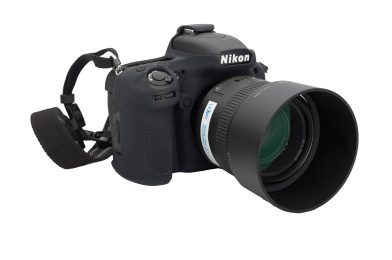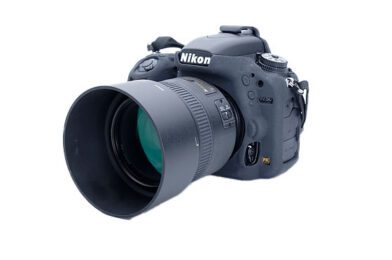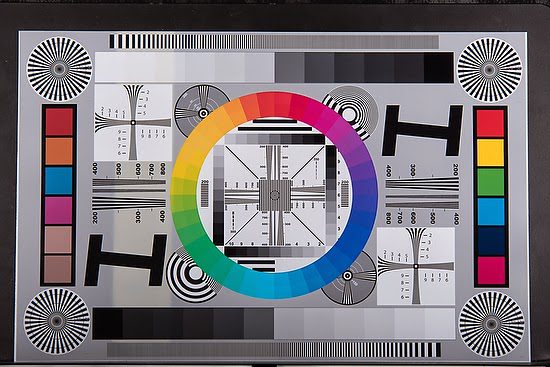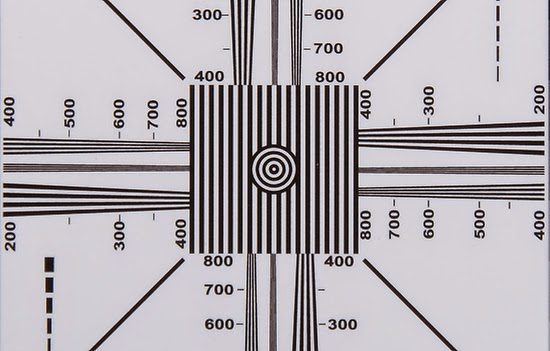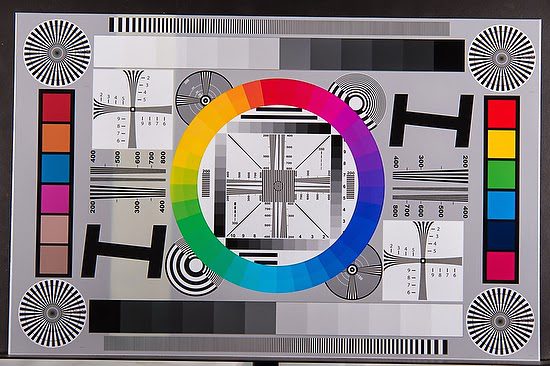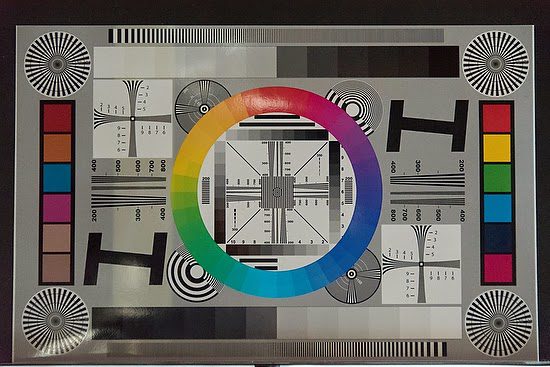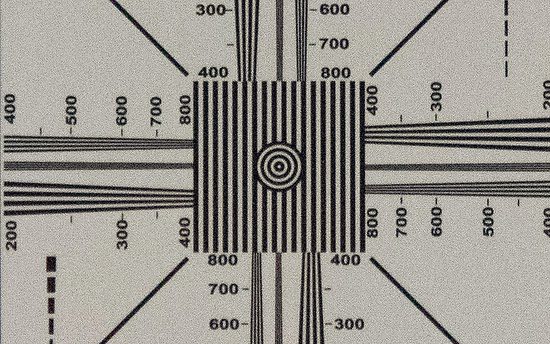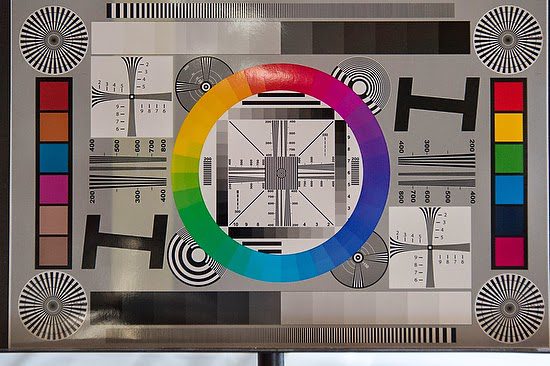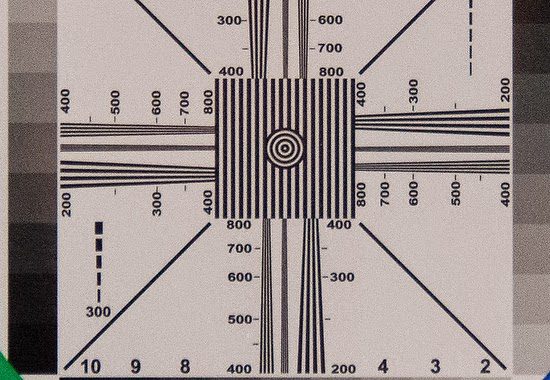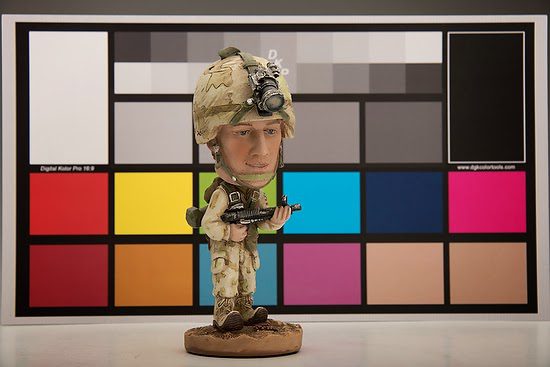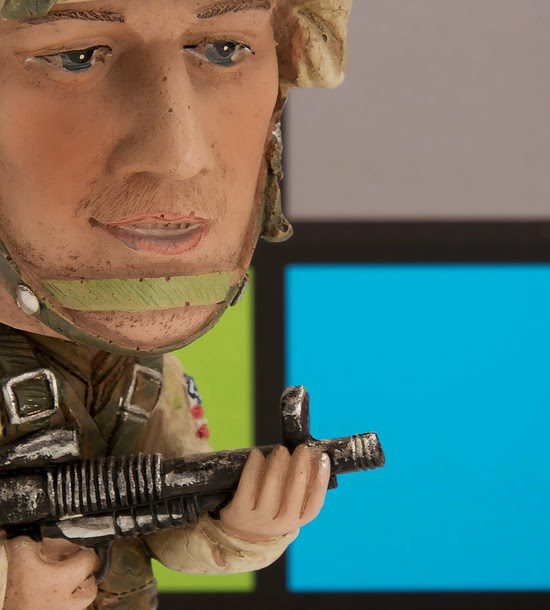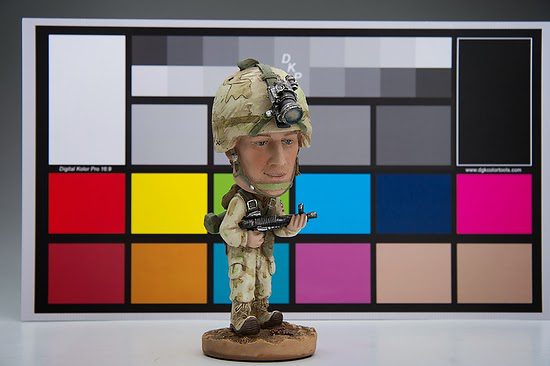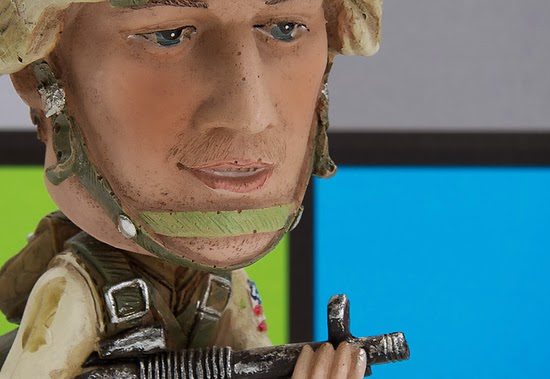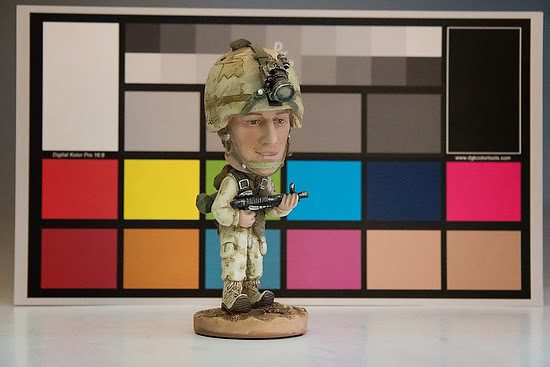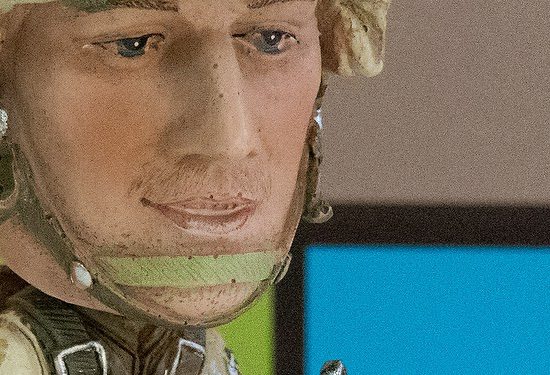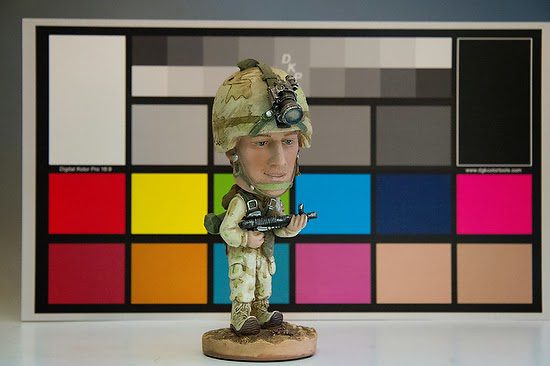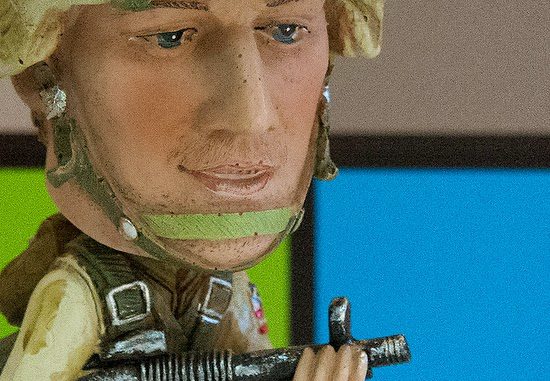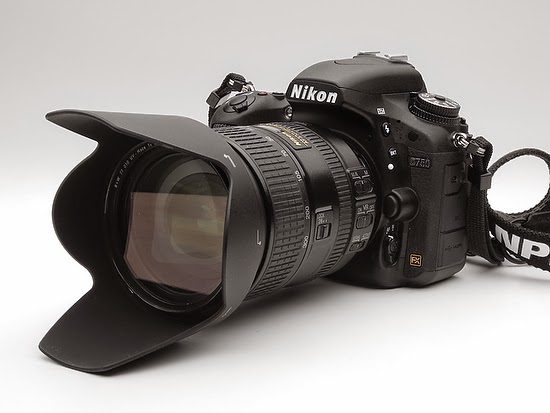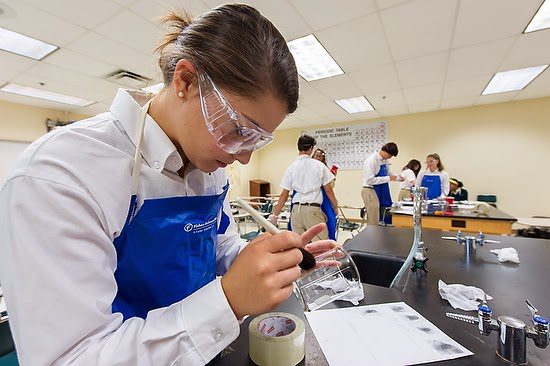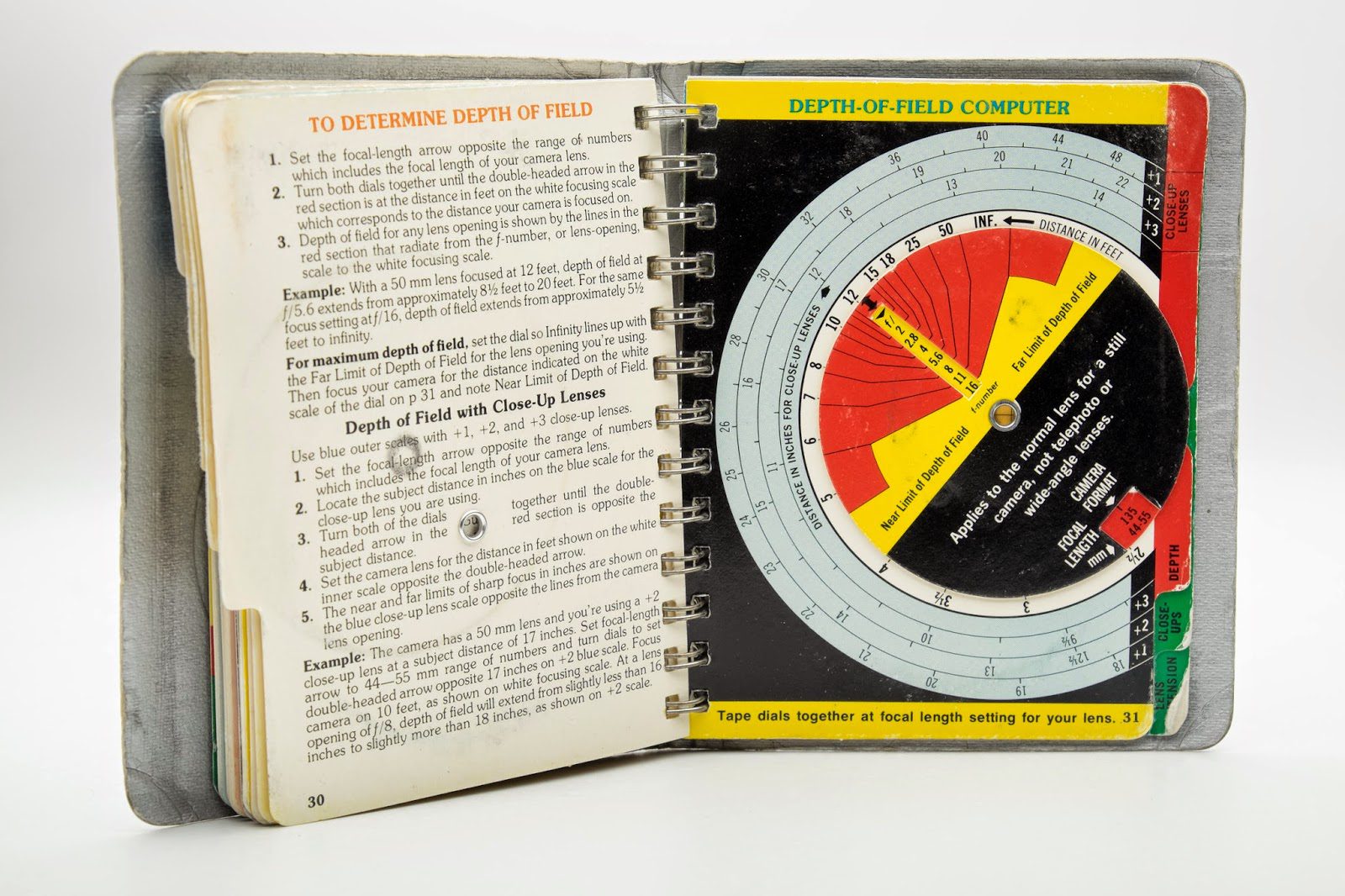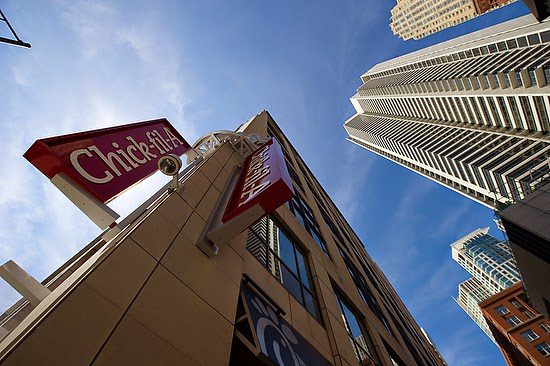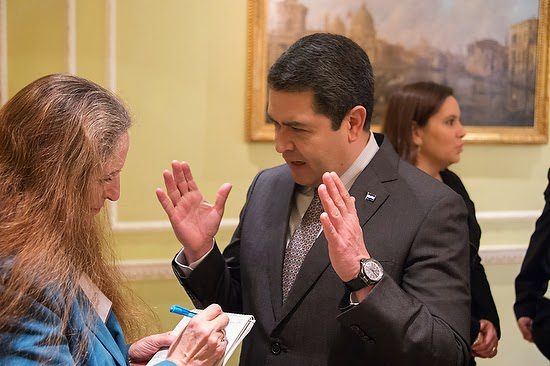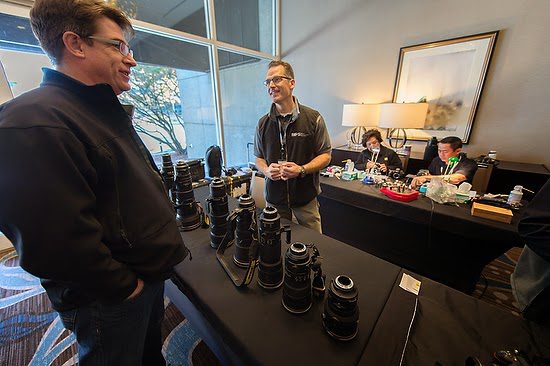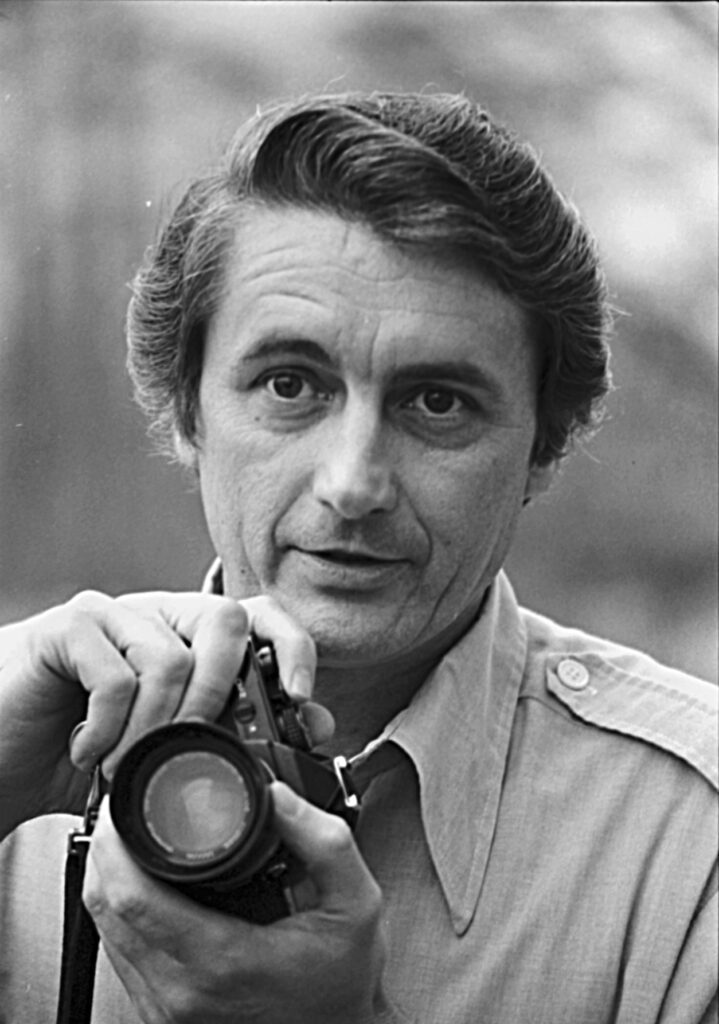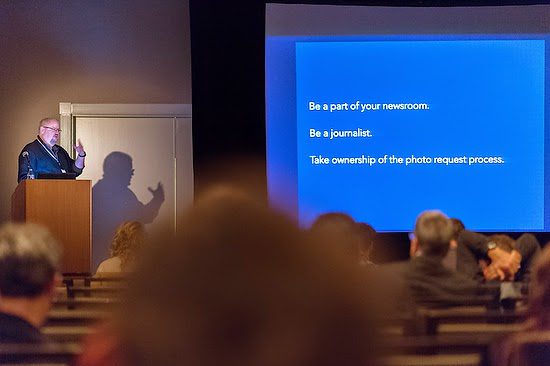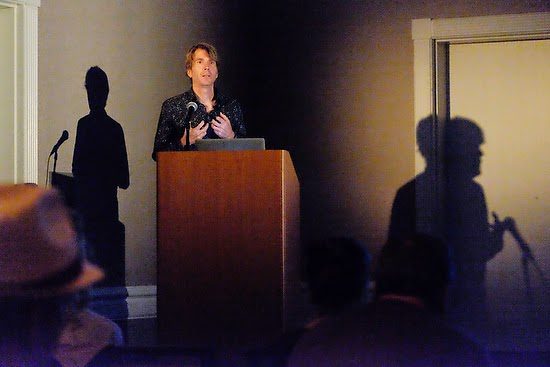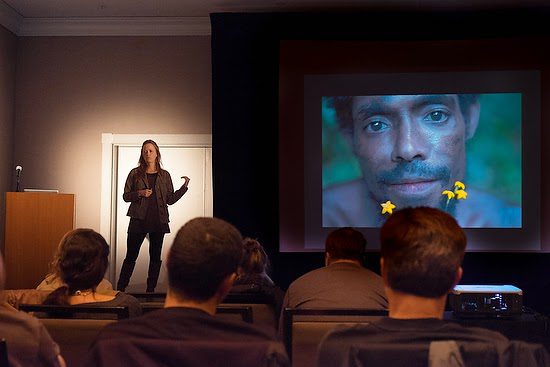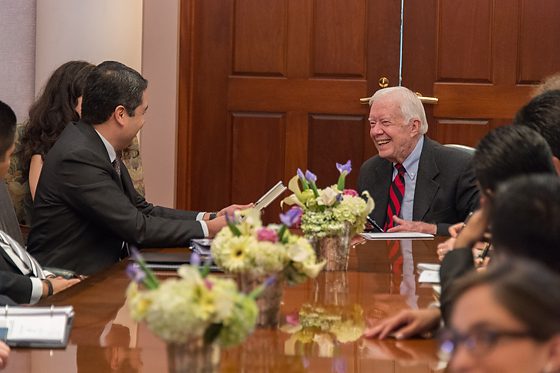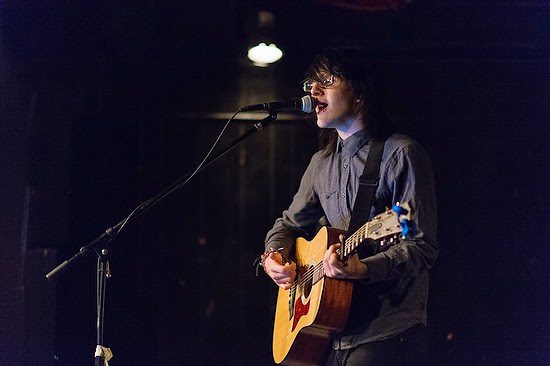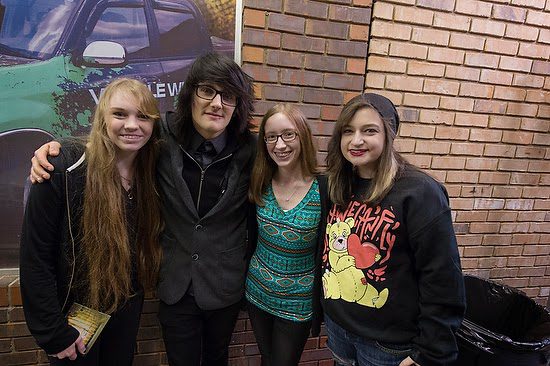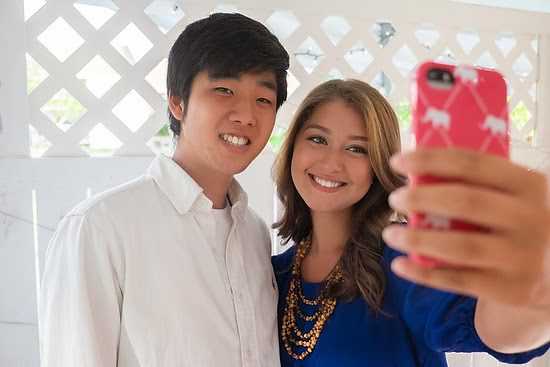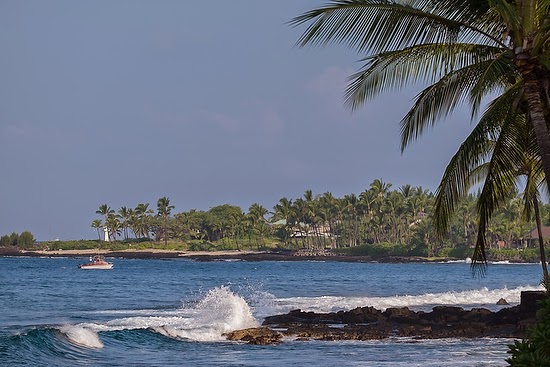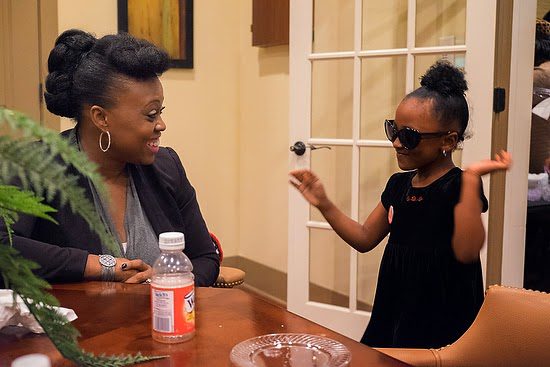 |
| Nikon D750, AF-S NIKKOR 28-300mm f/3.5-5.6G ED VR, ISO 51200, ƒ/4.5, 1/100 |
I attended a wedding for a friend yesterday as a guest. I thought I would take some photos and give those to the bride and groom from the day. I stayed out of the way of the hired photographers and just shot photos I saw.
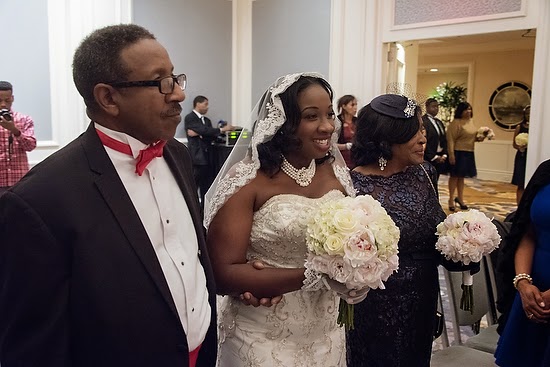 |
| Nikon D750, AF-S NIKKOR 28-300mm f/3.5-5.6G ED VR, ISO 12800, ƒ/5.6, 1/50 |
The service occurred at the Ritz Carlton Hotel Buckhead in Atlanta, GA. The room for the wedding was pretty dark. I used ExpoDisc to get a custom white balance, and then the settings on the camera were ISO 12800, ƒ/5.6 @ 1/50.
 |
| Nikon D750, AF-S NIKKOR 28-300mm f/3.5-5.6G ED VR, ISO 12800, ƒ/5.6, 1/60 |
After the service, we moved to the hallway between the two rooms they had reserved for the wedding and the reception for a formal receiving line. The light here was about the same at the wedding. Now, the canned spotlights in the ceiling occasionally would make the quality of the light suffer and sometimes help. Here, the bridesmaids weren’t thrilled with the hot light in the background.
 |
| Nikon D750, AF-S NIKKOR 28-300mm f/3.5-5.6G ED VR, ISO 12800, ƒ5.6, 1/40 |
Sometimes, the light was just fine on the subjects’ faces, as my wife and the bride’s parents for this photograph.
 |
| Nikon D750, AF-S NIKKOR 28-300mm f/3.5-5.6G ED VR, ISO 12800, ƒ/5.3, 1/15 |
I took just a few photos of the bride and groom on their first dance when I realized the AUTO ISO I had set up to peak at ISO 12800 would not cut it. When shooting at 1/15 shutter speed, I also realized that raising this one ƒ-stop wasn’t enough. Thankfully, the Nikon D750 let me raise the ISO to 51200.
 |
| Nikon D750, AF-S NIKKOR 28-300mm f/3.5-5.6G ED VR, ISO 51200, ƒ/5.6 1/60 |
The cool thing is while the ISO 51200 noise is noticeable, this is far superior to the film days when you shot above ISO 800.
 |
| Nikon D750, AF-S NIKKOR 28-300mm f/3.5-5.6G ED VR, ISO 51200, ƒ/5.6, 1/60 |
At the highest ISO, I noticed the noise in the shadows, and there, you could see the grid pattern of the pixels.
 |
| Nikon D750, AF-S NIKKOR 28-300mm f/3.5-5.6G ED VR, ISO 28735, ƒ/3.8, 1/80 |
Since I had the camera’s ISO set on AUTO, the camera ISO of 28735 while taking this couple’s photo, there was a carving station to my back. I intentionally put the couple there to take advantage of the extra light in that dark room.
 |
| Nikon D750, AF-S NIKKOR 28-300mm f/3.5-5.6G ED VR, ISO 32254, ƒ/3.8, 1/80 |
Then, another couple joined them, and they stepped back just a bit. This raised the ISO to 32254, and I got another excellent photo without using Flash.
 |
| Nikon D750, AF-S NIKKOR 28-300mm f/3.5-5.6G ED VR, ISO 51200, ƒ/4.5, 1/100 |
Then, when my wife asked for a photo with some friends, I knew that the lack of that carving station behind me and the stage behind them wasn’t the best lighting. So I took a photo first, looked at it, and decided for the first time that day to use the pop-up Flash at a slow shutter speed.
 |
| Nikon D750, AF-S NIKKOR 28-300mm f/3.5-5.6G ED VR, ISO 28735, ƒ/4.5, 1/100 |
Notice how the noise almost disappears with the added Flash. This is because the camera change was only less than a stop.
You would think I could have done this all night, but remember, I am not the official photographer. So, I do not want to go around flashing and drawing more attention than I was doing.
I think the ISO 51200 on the Nikon D750 is excellent when you need a high ISO in that range. You will be able to get photos that you wouldn’t be able to do without high ISO.
I would say the noise wasn’t just due to high ISO but rather to the quality of the light and the dynamic range of that light. The Flash illustrated that the noise disappears when used at high ISO.
The direction of the light has more to do with the noise than just high ISO.
By the way, I posted these photos on social media throughout the wedding. The Nikon App on my Android phone lets me sync using the Wi-Fi on the Nikon D750.
I was shooting just RAW files, so the app would create a smaller JPEG that was big enough for Social Media as the recommended size to transfer to the phone.
The guests enjoyed seeing photos just a few minutes after I shot them on Facebook. Then, I would tag the bride, and all her friends could see the images.
When I tried to set the custom white balance, what I would do for the Nikon D4 wasn’t working with the Nikon D750. Well, I also put the Nikon Manual Viewer App on my phone. It has the Nikon D750 manual and the Nikon D4 manual. So you can search and find whatever you need.
I think searching makes this more straightforward to use than the printed manual.
I typed in White Balance and found the instructions. I was doing everything just as recommended, but the blinking pre was only viewable on the top LCD closest to the shutter release and not blinking on the big LCD on the back.
Tips Summary:
- Use AUTO ISO. I keep it maxed to ISO 12800, but if needed, then adjust it to 25600 or even 51200
- Use ExpoDisc for custom white balance. http://www.expoimaging.com/product-overview.php?cat_id=1
- Use Slow Sync Flash–To avoid the background going completely black when using Flash.
- Watch light direction–Move people to take advantage of the existing light on their faces.
- Carry the camera manual on your smartphone
- Use Wi-Fi and Camera App to post photos on social media while shooting.

